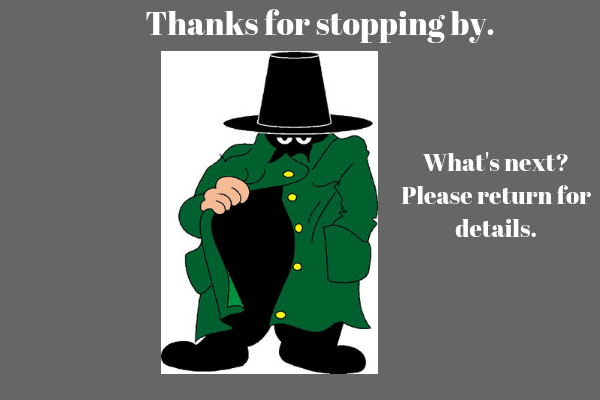How do the Mayans contribute to you today?

 We’re busy with our high-tech world and often neglect to pause and examine how this ancient culture contributes to our life today.
We’re busy with our high-tech world and often neglect to pause and examine how this ancient culture contributes to our life today.
It may be surprising to discover how the Mayan world thrives in our 21st-century world. We find their gifts to us range from 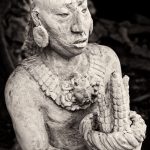 health to luxury vacations. Have some fun exploring how the Mayans culture is alive today.
health to luxury vacations. Have some fun exploring how the Mayans culture is alive today.
Mayans gift of health
The Mayan civilization originated in the Yucatán around 2600 BC and rose to prominence around 250 AD in present-day southern Mexico, Guatemala, northern Belize, and western Honduras. The Mayans excelled at agriculture, pottery, hieroglyph writing, calendar-making, and mathematics, and left behind an astonishing amount of impressive architecture and symbolic artwork. The Mesoamerican civilization may not have survived, but many of their secrets to good health, healing and living well are still alive to this day. Here are five things the Mayans can teach us about health and healing:
Chia seeds
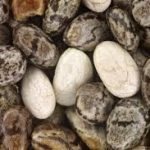
Chia seeds are a superfood that are high in protein and fiber and packed full of omega-3 fatty acids. The word ‘chia’ comes from the Mayan word for strength. Originally grown in Mexico and the Southwest between 1500 and 910 BC, Chia seeds were an important part of the Mayan diet. They were considered to be almost magical because of their ability to increase stamina and energy over long periods of time. Warriors used Chia as their main source of fuel during conquests. Medicinally, they also used it to relieve joint pain and stimulate saliva and are said to have been prized more than gold due to their incredible health-enhancing properties.
Holistic healing
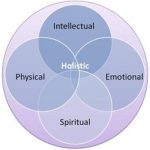
For the Mayans, health was all about balance. Man was considered an integral and interactive part of the cosmos and society, and any imbalance would lead to illness. To cure these imbalances, the Mayans used a holistic approach to healing that focused on both the spiritual and physical aspects of well-being and recognized their interconnection.
The Mayan healers sought primarily to balance the flow of ch’ulel (life-force) in the body, a concept very similar to ‘qi’ in traditional Chinese medicine. “Ch’ulel represented that everything was linked and unified,” wrote Bonnie Bley in The Ancient Maya and their City of Tulum. “The physical and spiritual worlds were at opposite ends of a continuum surrounded by medicine which aided the spirits in the healing process. Extensive research has shown that emotional health has a significant impact on physical health, yet this element is lacking in today’s medical system.
Cacao
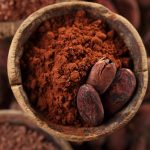
The Mayans are well known for their love of chocolate. It is believed the Mayans were consuming chocolate as far back as 2,600 years ago and incorporated the ancient superfood cacao into their diet regularly to maintain good health. It was also used as a medicine – cacao is packed with flavanols, an antioxidant shown to benefit heart and brain health, and is high in magnesium, calcium, iron, copper, zinc, and potassium. The Mayans believed the cacao bean had magical or even divine properties, suitable for use in the most sacred rituals of birth, marriage, and death.
They consumed chocolate by first harvesting the seeds, or beans, from cacao trees. They fermented and dried them, roasted them, removed their shells, and ground them into a paste. They often combined this paste with water, cornmeal, chili peppers, and other spices. Many ancient Mayan artifacts are decorated with paintings of the people gathering, preparing, or drinking cacao. It appears to have been a truly integral part of their religious and social lives.
Hydrotherapy

The Mayans understood the healing properties of water. Herb baths were used to cleanse the body of a particular malady. The herbs were mashed and salt was added to help release the oils. If using dried herbs, hot water was poured over them to make the plant release its vibrational field. The types of plants and herbs used in the bath depended on the illness, and prayers were often said over the individual as they bathed. Health and medicine among the ancient Maya was a complex blend of mind, body, spirit, and science – a balance which is sorely needed in today’s world.
Source: What the ancient Mayans can teach us about health and healing. April Holloway
Mayan’s gift of exotic vacations
Michaela S Guzy’s Modern Application of Mayan Influences reviews why Mexico’s numerous white sand beaches are at the top of 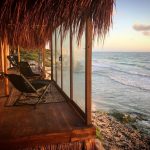 travelers’ list from around the world vacation plans but tucked away on the Caribbean coastline of the Yucatan Peninsula sits Riviera Maya and the well-preserved ruins of the ancient mystical Mayan port city, Tulum. The Mayans were astronomers, mathematicians, philosophers, architects, sculptors, and warriors. Zona Maya is a window into the cultural identity of the Mexican Caribbean.
travelers’ list from around the world vacation plans but tucked away on the Caribbean coastline of the Yucatan Peninsula sits Riviera Maya and the well-preserved ruins of the ancient mystical Mayan port city, Tulum. The Mayans were astronomers, mathematicians, philosophers, architects, sculptors, and warriors. Zona Maya is a window into the cultural identity of the Mexican Caribbean.
Mayans Secrets
The Maya world remains shrouded in mystery, and many misconceptions about the people and their history endure. Here are 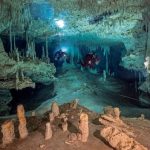 some secrets of the Maya revealed. By Michael Shapiro in his National Geographic article.
some secrets of the Maya revealed. By Michael Shapiro in his National Geographic article.
Find out more about the Mayans in these books.

Incidents of Travel in Yucatan, Vols. I and II (Cosimo Classics) by John Lloyd Stephens (Author), Frederick Catherwood (Illustrator)
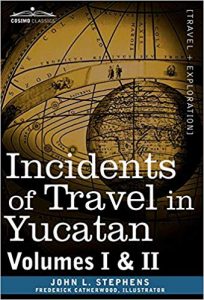
Edgar Allan Poe called it “perhaps the most interesting travel book ever published.” Here, complete in one volume is the classic real-life adventure―originally published across two volumes in 1841―that mesmerized readers with its evocative descriptions of journeys in Mesoamerica. With a wandering spirit mellowed by an analytic eye, American diplomat and writer JOHN LLOYD STEPHENS (1805–1852) introduced Westerners to the mysteries of the Yucatan in this contemporary bestseller, riveting armchair explorers with his lyrical account of visits to 44 Maya sites, including the then-unknown Chichen Itza and Uxmal. Complete with all the beautiful original illustrations by English artist and architect FREDERICK CATHERWOOD (1799–1854), this is essential reading for those fascinated by Mesoamerican culture as well as those under the thrall of an itch to see the world.
Breaking the Maya Code (Third Edition) by Michael D. Coe
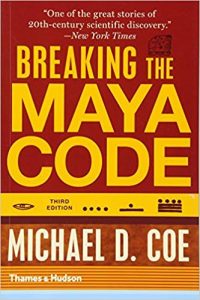
The inside story of one of the great intellectual breakthroughs of our time―the first great decipherment of an ancient script―now revised and updated.
In the past dozen years, Maya decipherment has made great strides, in part due to the Internet, which has made possible the truly international scope of hieroglyphic scholarship: glyphic experts can be found not only in North America, Mexico, Guatemala, and western Europe but also in Russia and the countries of eastern Europe.
